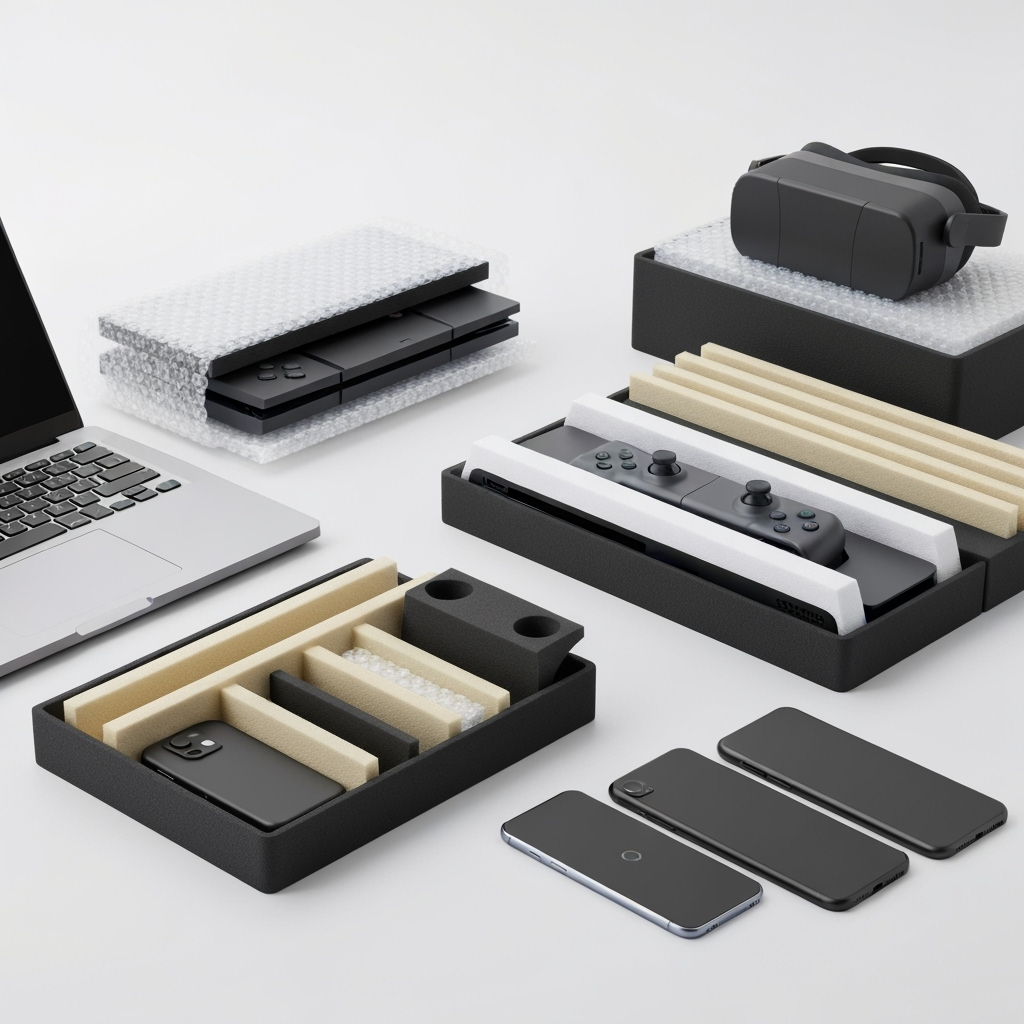Why Proper Electronics Storage Matters During Renovation
Home renovations can put your valuable electronics at risk from dust, debris, moisture, and accidental damage. Whether you’re updating a single room or undertaking a whole-house remodel, protecting your technology investments is crucial. This guide will help you safeguard your electronic devices during the renovation process with smart storage solutions.
The Risks of Improper Electronics Storage
During renovation, your electronics face several potential hazards:
- Construction dust and debris that can damage internal components
- Moisture from paint fumes and construction materials
- Temperature fluctuations from open walls or windows
- Accidental damage from construction activity
- Power surges or electrical work affecting sensitive equipment
Preparing Your Electronics for Storage

Before moving your electronics to storage, follow these essential preparation steps:
1. Backup Your Data
Make sure all important data is backed up to cloud storage or external drives before disconnecting any devices.
2. Clean and Document
Clean each device thoroughly and take photos of cable connections for easy setup later. Label all cables and components clearly.
3. Remove Batteries
Take out batteries from devices to prevent corrosion during storage. Store them separately in a cool, dry place.
Choosing the Right Storage Solution
Climate-controlled storage units offer the best protection for electronic equipment during renovation. Here’s what to look for:
- Temperature control between 50-80 degrees Fahrenheit
- Humidity levels maintained between 30-50%
- Clean, dust-free environment
- Secure access and monitoring
- Proper ventilation
Packing Electronics Properly
Use these packing techniques to ensure maximum protection:
Essential Packing Materials
- Anti-static bubble wrap
- Original boxes (if available)
- Sturdy storage containers
- Silica gel packets for moisture control
- Cable ties and labels
- Protective covers or bags
Storage Organization Tips
Keep your electronics organized in storage with these strategies:
- Create an inventory list with photos
- Group related items together
- Store items off the ground on pallets or shelves
- Leave space between items for air circulation
- Keep frequently needed items accessible
Special Considerations for Different Devices
Computers and Laptops
Store in anti-static bags with proper cushioning. Remove hard drives if storing long-term.
TVs and Monitors
Store upright in original boxes when possible. Use moving blankets for additional protection.
Gaming Consoles
Keep in climate-controlled conditions and protect from dust with proper covers.
When to Choose Professional Storage Services
Consider professional storage services when:
- Dealing with high-value electronics
- Storing items long-term (over 3 months)
- Handling multiple large devices
- Requiring additional insurance coverage
Retrieving and Setting Up Your Electronics
Follow these steps when bringing electronics back from storage:
- Let devices acclimate to room temperature before powering on
- Check for any moisture or damage
- Clean thoroughly before setup
- Follow your documented connection photos
- Test each device thoroughly
Additional Tips for Success
- Keep detailed records of stored items
- Monitor storage conditions regularly
- Consider insurance for valuable electronics
- Plan for easy access if needed during renovation
- Label boxes clearly for quick identification
Conclusion
Proper storage of electronics during home renovation is essential for protecting your valuable technology investments. By following these guidelines and choosing the right storage solution, you can ensure your devices remain safe and functional throughout your renovation project. Remember that a little extra care in storage preparation can prevent costly damage and keep your electronics ready for their return to your newly renovated space.
]]>









Leave a Reply